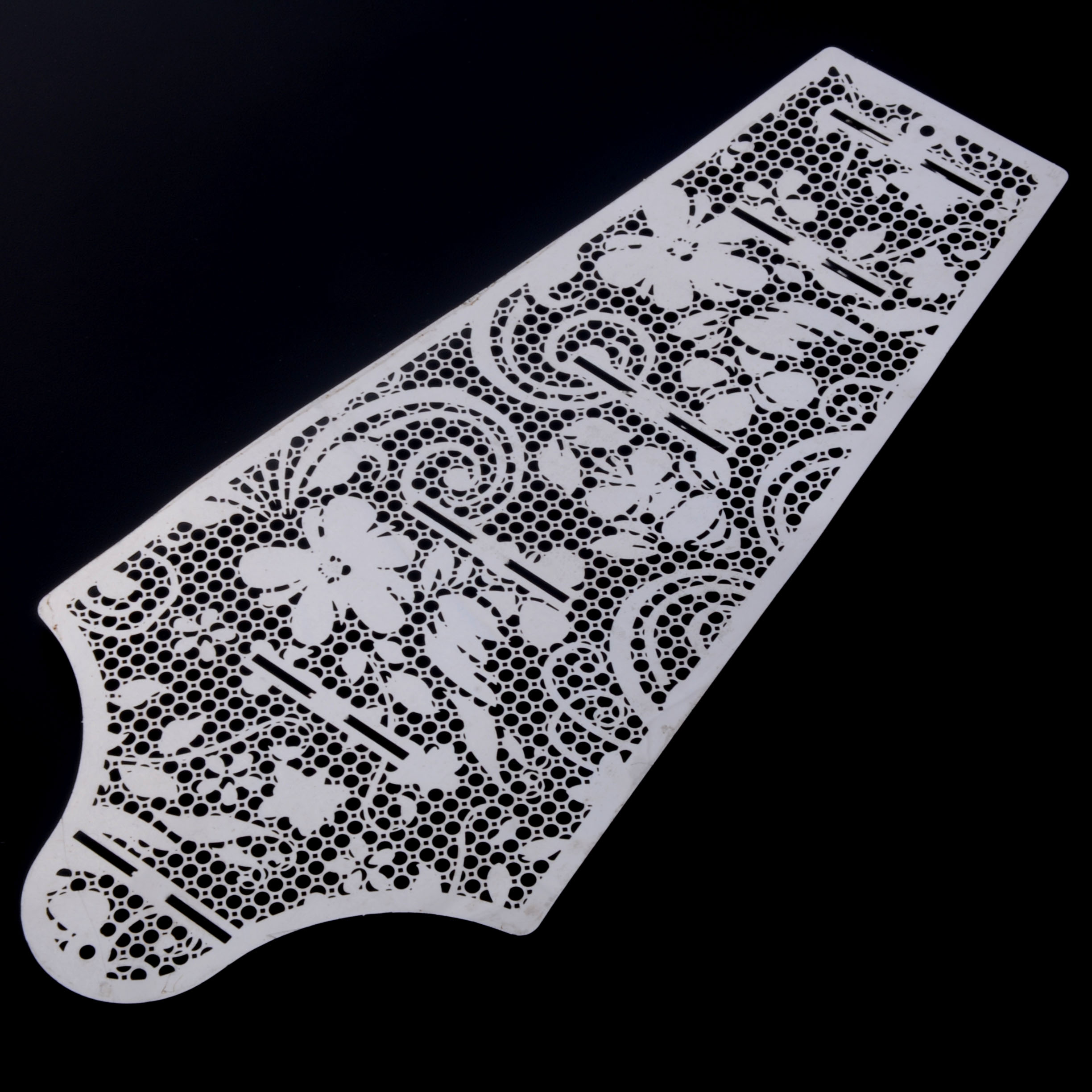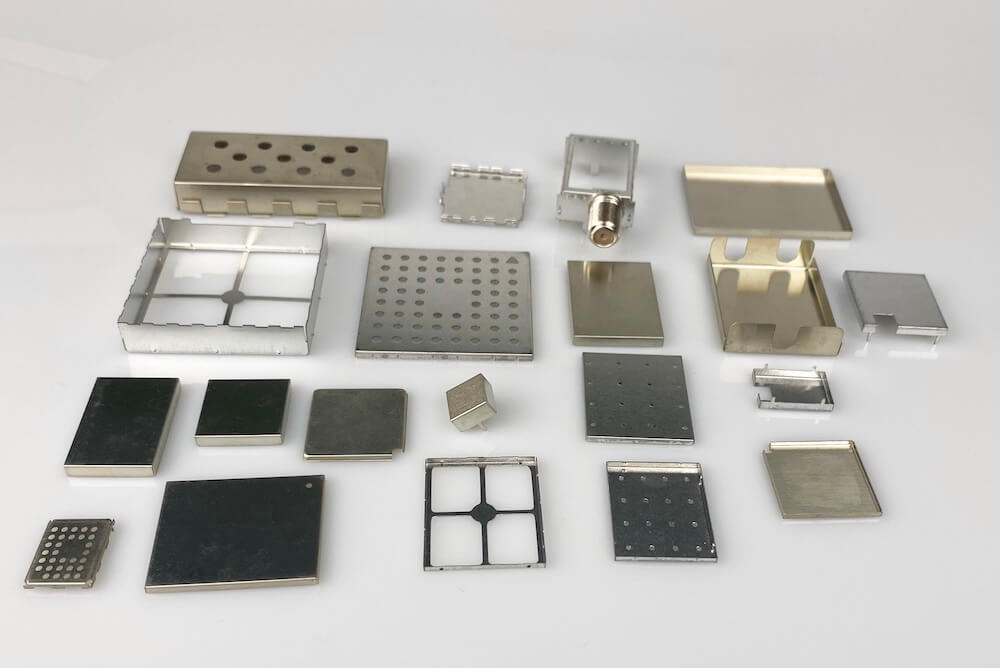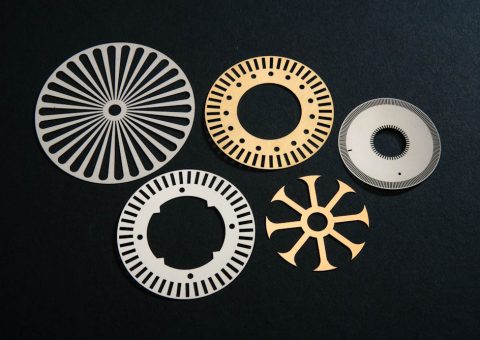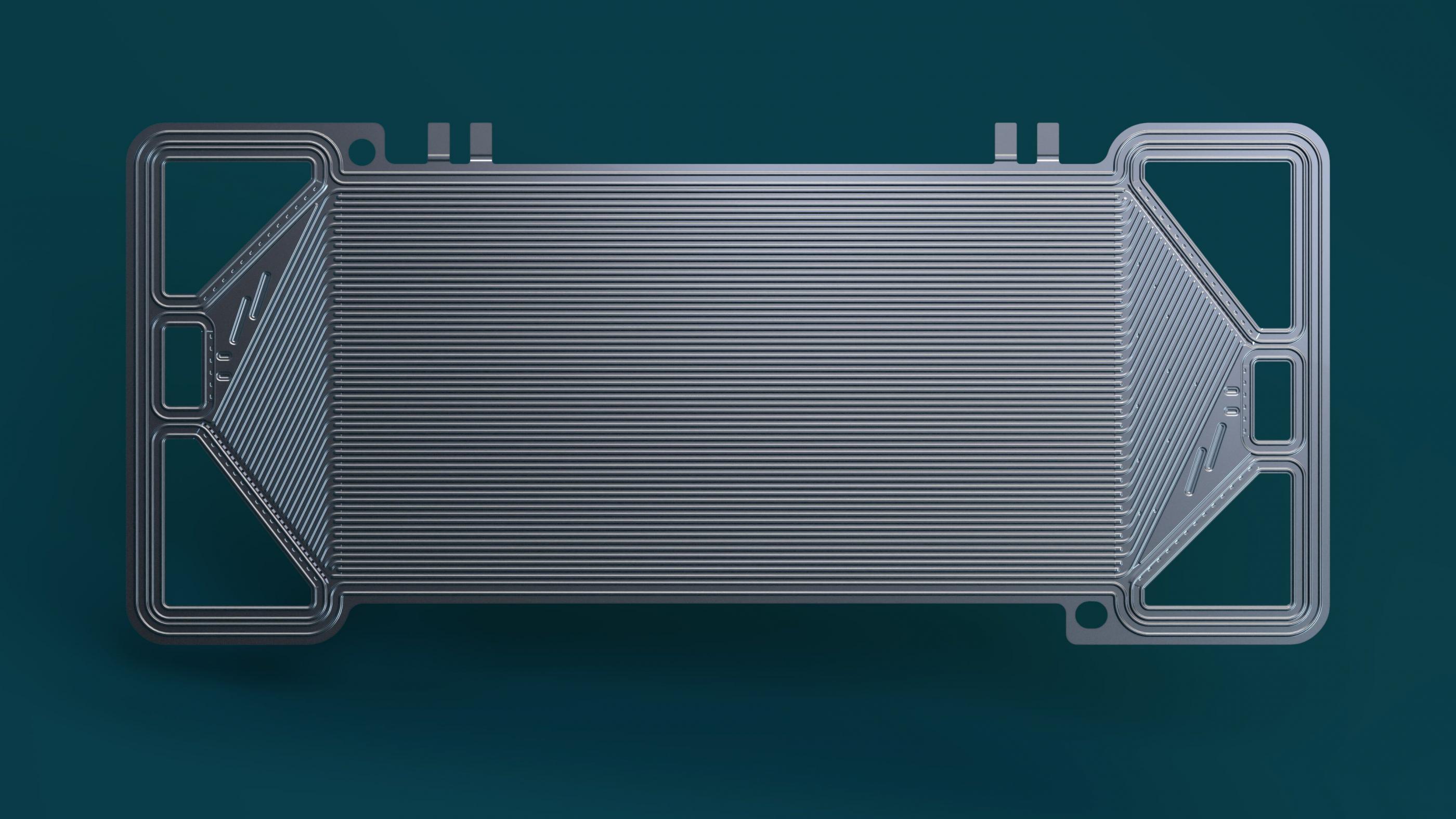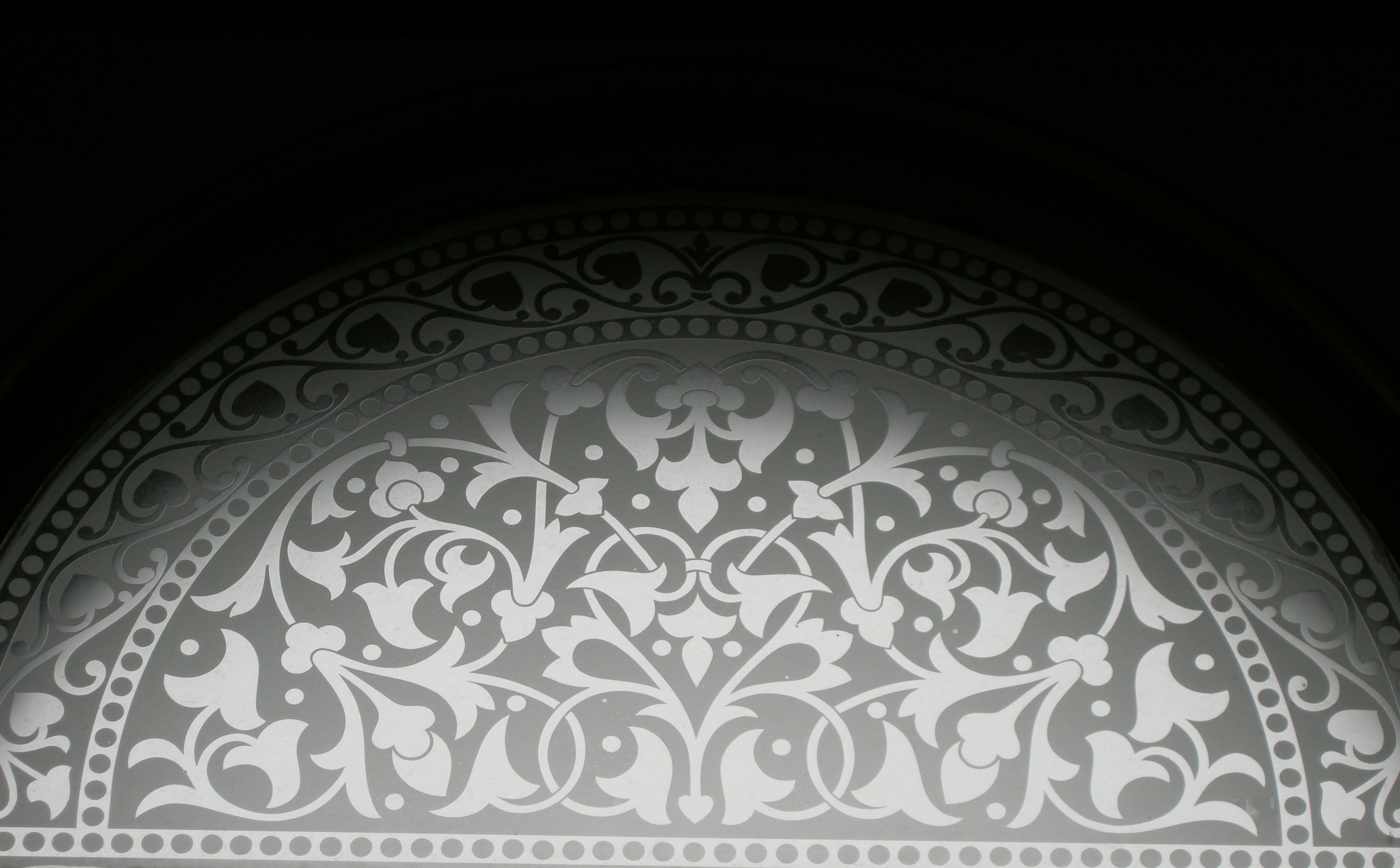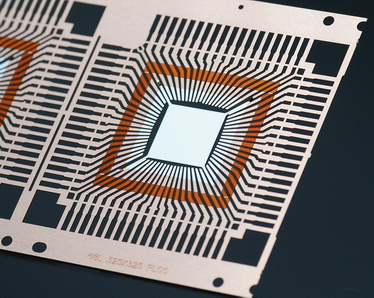SMT STENCIL
A surface mount technology (SMT) stencil may also be called a PCB stencil, solder paste stencil, or laser stencil. An SMT Stencil’s main purpose is to simply transfer the solder paste to a bare circuit board. A stainless-steel foil is laser cut to create an opening for each surface mount device on the board. Once the printed circuit board (PCB) stencil is properly aligned with the top of the board, the solder paste is applied over the openings (in a single pass, with a metal squeegee). When the stainless-steel foil detaches from the board, solder paste remains, ready for the manufacture of the surface-mount device (SMD). In contrast to manual soldering procedures, this process ensures consistency and saves time.
ETCHING PLATES
Etching is an intaglio printmaking process in which lines or areas are incised using acid into a metal plate in order to hold the ink. In etching, the plate can be made of Steel and stainless steels, brass, copper and many more….
We offer etching plates thickness from 0.1 mm to 4.0 mm, size from min 10 mm to 2500 mm. with option of any RAL colour filling. Min text should be 2 mm height.
EMI & RFI SHIELDING
Shielding is essential in electrical engineering to protect electronic devices from electromagnetic interference, or EMI, and radio frequency interference, or RFI.
EMI and RFI disrupt the proper functioning of devices and can cause unintended operations to occur. Both can also adversely affect the quality and accuracy of your instrumentation signals, cause components failure or malfunction, and/or permanently damage a device. This could lead to catastrophic results in certain applications such as cardiac electronic implants.
The amount of protection a shield provides against EMI and RFI waves depends on the shield's material, thickness, and size of the shielded volume, and the frequency of the fields of interest.
ENCODERS
Encoders are pieces of optically opaque material filled with regularly shaped transparent openings or holes. Shaft encoders work in conjunction with a light source and photodetector to determine the position and/or speed of a moving object.
For instance, you might want to know how fast a motor is spinning? Well, you can put an encoder wheel on one end of the motor shaft with regularly spaced holes in it, put a light on one side of it and a photodetector on the other.
Every time one of the spinning holes passes in front of the photodetector, the detector will register a pulse. If you know how many holes your rotary encoder has, you can calculate the speed of the motor by counting the pulses of light over time
ETCHED FUEL CELLS
Fuel cells produce clean and efficient electricity using the chemical energy of hydrogen or another fuel source for a variety of transportation and power applications. They operate similarly to batteries, but they do not run down or need charging and continue to produce electricity if fuel is supplied. Some of the benefits that fuel cells have over combustion-based technologies include:
- Operate at higher efficiencies
- Convert the chemical energy in the fuel to electrical energy with efficiencies up to 60%
- Lower emissions
- Emit only water with no carbon dioxide emission or air pollutants that create smog and/or cause health problems
- Quiet operation
- Fewer moving parts
LEAD FRAMES
Lead frames reside inside a chip package and are the metal structures that carry signals from the die to the outside. The die inside the package is typically attached to the lead frame, and then bond wires attach the die pads to the leads.
Utilizing our vast experience in etched metals, suitable for a high- lead density, the GALVONICS provides metal lead frames used in the manufacturing of microelectronic chips.
Lead frames Typically made of Kovar, lead frames may or may not be plated when finished. They are manufactured with a chemical etching process and are generally attached to glass or ceramic.



